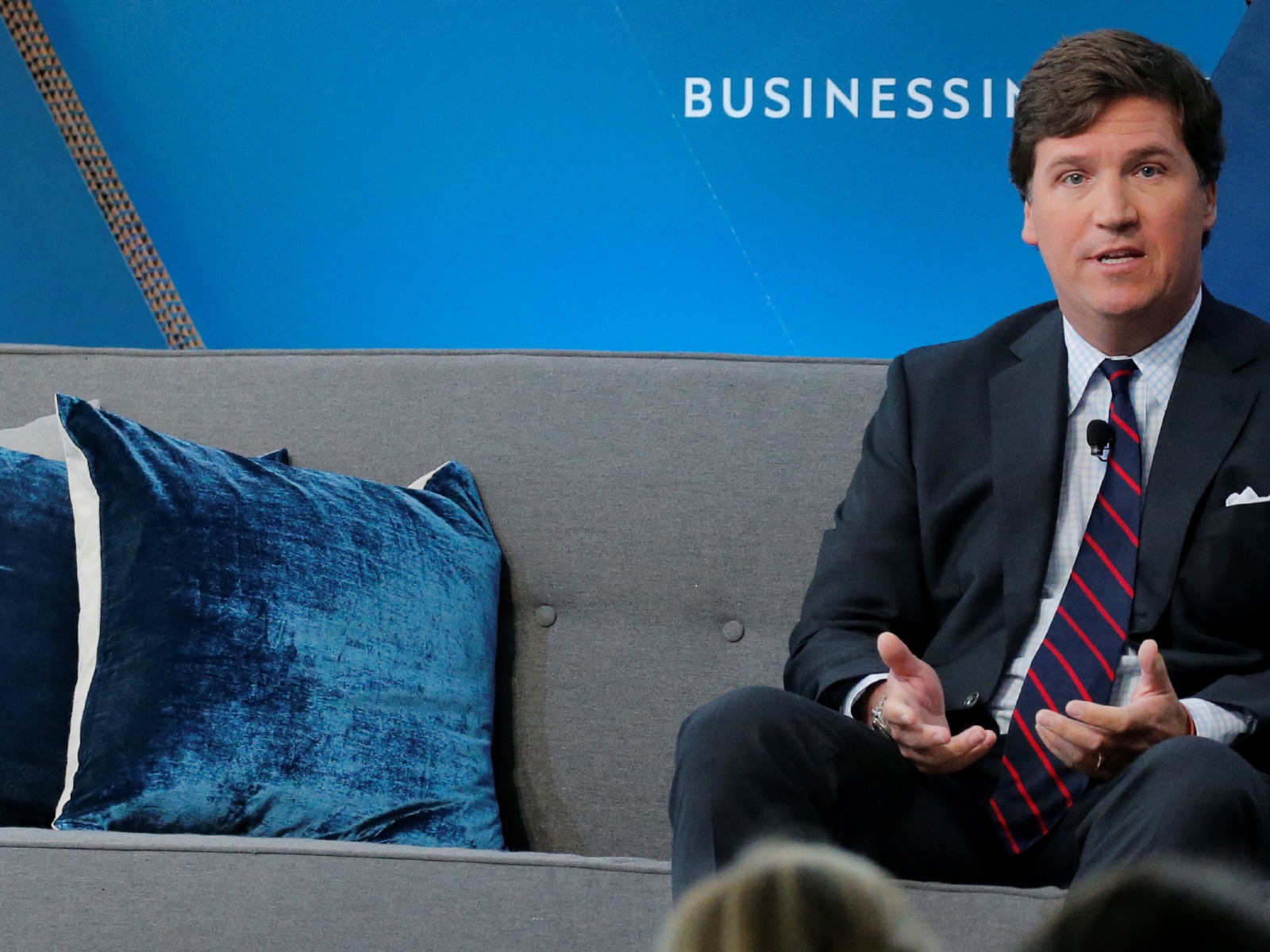


US TV presenter Tucker Carlson was busy bashing the Joe Biden government recently when he compared the US exit from Afghanistan with the apparently benign exit of Britain from India. In the process, he made a collateral damage out of India, by claiming that the English gave India a civilisation. Apparently, the English didn’t just take things from India, “they added”. According to this knowledgeable television personality, Britain not only gave India a civilisation, but also a language, a legal system, schools, churches and public buildings, all of which are still in use today. He mentioned about the reprehensible practice of Sati and how the British stopped it. And then he showed a photograph of Victoria Terminus, now known as Chhatrapati Shivaji Terminus in Mumbai and said even Washington does not have such a station and in 75 years of its Independence, India has not been able to build such an architectural marvel. He was trying to paint a positive picture of British colonialism, but in the process brought out the inherently racial bias that many in the West have towards nations that are inhabited by people of a skin tone darker than those in the western hemisphere. The uncivilised East must be enlightened was the argument proffered by those who colonised India by their cunning and by taking advantage of the divisions within or the trustworthy nature of those they conquered. But it is difficult to believe that an American, the citizen of a country that fought a war of independence against the British, would find glory in colonialism.
Someone needs to tell Mr Carlson about the “drain theory” first brought to public attention by Dadabhai Naoroji and the likes of R.C. Dutt and others. They compiled it into a book called “Poverty and un-British Rule in India”, published in 1901—it is about the economic model developed and institutions built by the British to bleed the colony and build at home with resources from the colony. As is well known by now, the British looted $45 trillion from India in today’s value during the two centuries that they ruled—“two centuries of humiliation”, as External Affairs Minister S. Jaishankar has described it. The country that was one of the richest in the world, with 25% share of world GDP, had less than 1% share when the British left India in 1947. Whatever institutions the British built were built to serve their own interests. If the British built a civil service, it was because they needed the so-called steel frame to rule this country. Much is made of the British gifting the railways to India, and the Indian Army. It is recorded history that the railways were built for the easy transportation of India’s resources to the ports from where they would be shipped to England. It is difficult to believe that but for their colonial masters, Indians, who were among the richest in the world, would not have the sagacity to bring the railways at a time when the world had started adopting new technology. As for the British Indian Army, India provided 2.5 million soldiers to fight on behalf of the Allied forces in World War II. Over 85,000 of them died in a war that their British masters wanted them to fight. The Bengal famine of 1943 killed around 4 million people. It was a man-made famine because of bad policy and the diversion of resources to keep British war efforts alive. And this was not the only famine that India witnessed. There were a series of famines over two centuries, which killed millions of Indians—all man-made. And we are now being told that the British were benign colonialists.
Also, it was not just the British who stopped the practice of Sati—the custom of burning widows in the funeral pyres of their husbands practised by certain clans. The biggest push for reform came from within Indian society itself, in the form of Raja Rammohan Roy. The British helped, but it was Roy who took the lead.
Also, how can the architecture of a train station be symbolic of the civilisation that the British are supposed to have given India? Obviously, Mr Carlson has waded into this debate without doing his homework on thousands of years of India’s history, the many architectural manifestations of which are still strewn across the country. If in his limited understanding, buildings are supposed to signify the greatness of a civilisation, modern India has a fair share of that too. He just had to Google by typing in the right keywords.
In conclusion, all that one can say about Tucker Carlson’s misadventure into Indian history is that he needs to buy a few history books and read them. Perhaps then he will understand that India has been able to overtake the UK as the world’s fifth largest economy, not because of colonial Britain, but in spite of it.
Joyeeta Basu